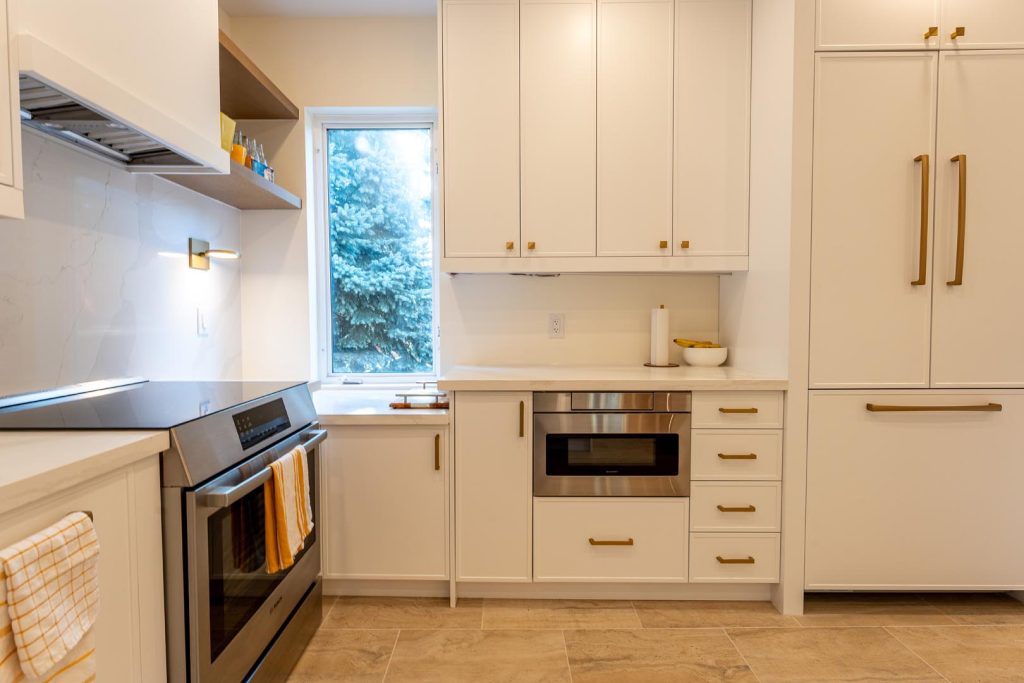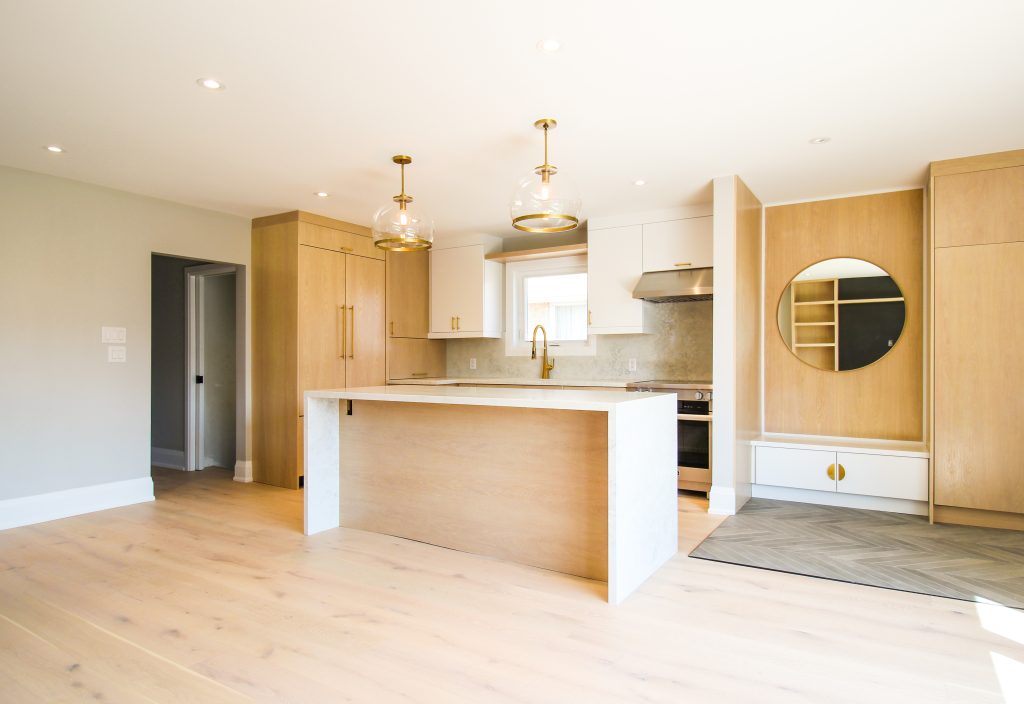Before You Start Your Renovation
Renovations can breathe new life into a space, yet, the idea of starting a project can be extremely daunting.
Homeowners are often clueless due to the sheer amount of options and steps involved. Homeowners are always brainstorming on how they can transform their space into the vision of their dreams. Although the creative process is fun, the recipe to any successful renovation lies in practical planning.
Planning Process
Before embarking upon any project, homeowners should establish the primary needs of occupants and discussing with everyone involved. Things to consider include mobility needs (i.e. installation of anti-slip flooring and handrails) and planning for the near future (i.e. having pets or children).
Secondly, homeowners should identify the style they want for their homes.
Popular interior decor themes include Bohemian, Scandinavian, Industrial Era, Hollywood Glam, and so on. This would determine the type of materials used in their renovation works.
For example, wood (especially bamboo, since they grow extremely fast) is often applied in sustainable home designs due to its biodegradable nature. Stone work (such as marble and granite, or sintered stone products like Silestone) are perfect for the modern kitchen as they’re durable, toxic-free and easy-to-maintain.
Planning also involves the layout of your space AKA spatial dimensions. How will you be positioning your sink? How can you optimize that alcove? What type of door is best suited for your cabinet- open frame, mullion? Would you prefer some legroom under your kitchen island? Now is the time to consider all questions and weigh if renovation is truly the best decision for you.
Main components to be considered include: walls, flooring, and ceiling – in addition to other installations. Once you’ve detailed every area for renovation, it is time to hone in on the cost.
Pricing vary vastly, depending on the availability of material, installation fees, and other professional costs. Additionally, what are some tentative arrangements while your spaces are under renovation? Will you be borrowing your neighbor’s kitchen, ordering takeouts? You might also consider renting a portable toilet while your bathroom is being worked on.
Breaking it down: Homeowners should prioritize their primary needs before selecting the style they want. The design process should include practical factors such as the dimensions of their home and a realistic budget. The finalized amount should include material and contractor fees – and designer fees where applicable. Create a checklist to ensure that nothing is omitted before starting a project.
Assessing Your Budget
Renovation budgets involve labor fees and material costs. These are the three major types of renovation work:
- Interior Renovation – this is the simplest and cheapest mode of renovation, which utilizes and optimizes existing spaces.
- Addition & Renovation – this option involves expanding your home by about 25% or less of its current size. Additionally, be sure to consult a professional architect to ensure that structures can withstand the extra weight. Safety above all else.
- Rebuilding – the costliest of all options. This involves tearing down existing structures and rebuilding your ideal home from scratch. On the plus side, homeowners have more flexibility and control over the dimensions of their desired home design. Homeowners may consult land ownership documents to see how much space they’re allowed to work with.
Ultimately, homeowners should separate the needs from the wants. Flooring finishes and wall properties (i.e. soundproofing) are just some add-ons points that will raise the overall cost. The re-positioning of power supplies such as electricity, plumbing and heating will also carry extra charges (so best to leave them as they are when possible).
Breaking it down: There are three ways to renovate your home: interior renovation, addition & renovation or rebuilding. Always consider the procedures involved in your renovation project and decide which is most suitable for your needs. The more specialized the installation, the pricier the fee.
Forming Your Construction Team
A legally-binding contract is necessary for any renovation project. No word of mouth, or informal agreement should ever be accepted. The renovation team comprises engineers ,architects, interior designers, construction workers, renovators, suppliers, etc.
There are two ways to set up a renovation contract: the traditional or design-build way.
Traditional Contract:
The original way of managing renovation projects. Homeowners have the freedom to mix and match the people involved in the project. This includes the comparison of quotes, and managing the renovation budget with each individual contractor (i.e. architect, engineer, etc.). Also, members of the renovation team do not share contractual agreements – which may lead to messy coordination.
Traditional contracts allow homeowners to personally assess and form a renovation team they can trust. The downside? Homeowners will be chasing and managing deadlines, budgets and contractual agreements on their own.
Design-Build Contract:
This style of contracting has gained popularity in recent times. The process is fuss-free. Homeowners simply approach a design-build company before starting a renovation. The entire project is entrusted to a single entity (the design-build company), which serves as the only point of contact with the homeowner.
Design-build contracts are akin to outsourcing a marketing campaign to a design firm, which controls the direction (usually with quality assurance). A design-build company will systematically secure the vendors for a project while managing a realistic budget. The downside? Homeowners need to rely on design-build companies to put together an A-team for the job.
Breaking it down: Contracts are a must in any renovation project. Contracts may be fully managed by a homeowner the traditional way, or outsourced to a design-build company.
The First Steps
The execution of a well-planned renovation project is highly fulfilling.
These fundamental steps are:
- Identifying the primary needs for your home
- Breaking down the budget
- Choosing between traditional & design-build contracts
- Assembling your team
Norseman Construction & Development Pte Ltd is a multi-award winning renovation company. We’ve been constructing dream homes since 2005. Come discover how we can have your spaces re-imagined just the way you want them.


